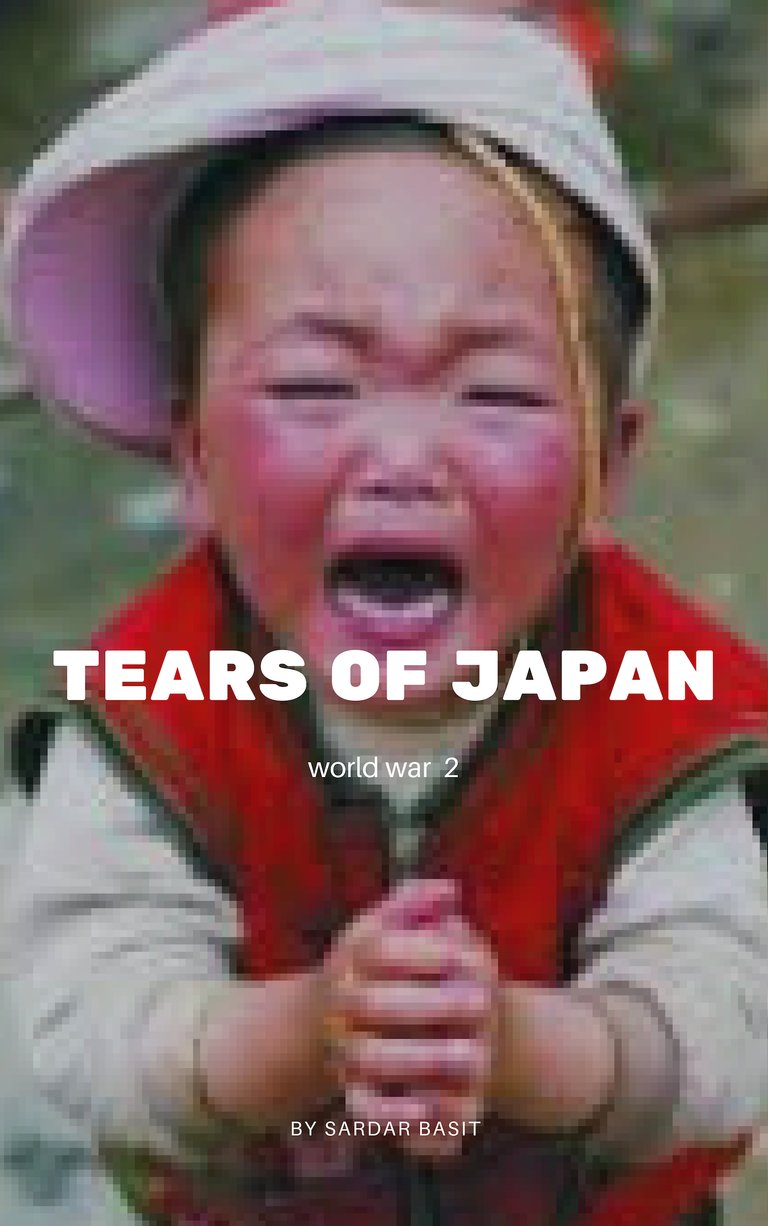On August 6, 1945, amid World War II (1939-45), an American B-29 plane dropped the world's previously sent nuclear bomb over the Japanese city of Hiroshima. The blast cleared out 90 percent of the city and quickly executed 80,000 individuals; many thousands more would later bite the dust of radiation presentation. After three days, a second B-29 dropped another A-bomb on Nagasaki, killing an expected 40,000 individuals. Japan's Emperor Hirohito declared his nation's unqualified surrender in World War II in a radio location on August 15, refering to the staggering intensity of "another and most savage bomb."
Hiroshima, an assembling focal point of nearly 350,000 individuals situated around 500 miles from Tokyo, was chosen as the primary target. Subsequent to touching base at the U.S. base on the Pacific island of Tinian, the more than 9,000-pound uranium-235 bomb was stacked on board an altered B-29 aircraft initiated Enola Gay (after the mother of its pilot, Colonel Paul Tibbets). The plane dropped the bomb– known as "Little Boy"– by parachute at 8:15 toward the beginning of the day, and it detonated 2,000 feet above Hiroshima in a shoot equivalent to 12-15,000 tons of TNT, decimating five square miles of the city.
Hiroshima's decimation neglected to evoke quick Japanese surrender, be that as it may, and on August 9 Major Charles Sweeney flew another B-29 plane, Bockscar, from Tinian. Thick mists over the essential focus on, the city of Kokura, drove Sweeney to an optional target, Nagasaki, where the plutonium bomb "Chubby Man" was dropped at 11:02 that morning. More dominant than the one utilized at Hiroshima, the bomb weighed about 10,000 pounds and was worked to deliver a 22-kiloton impact. The geography of Nagasaki, which was settled in restricted valleys between mountains, decreased the bomb's impact, constraining the demolition to 2.6 square miles.